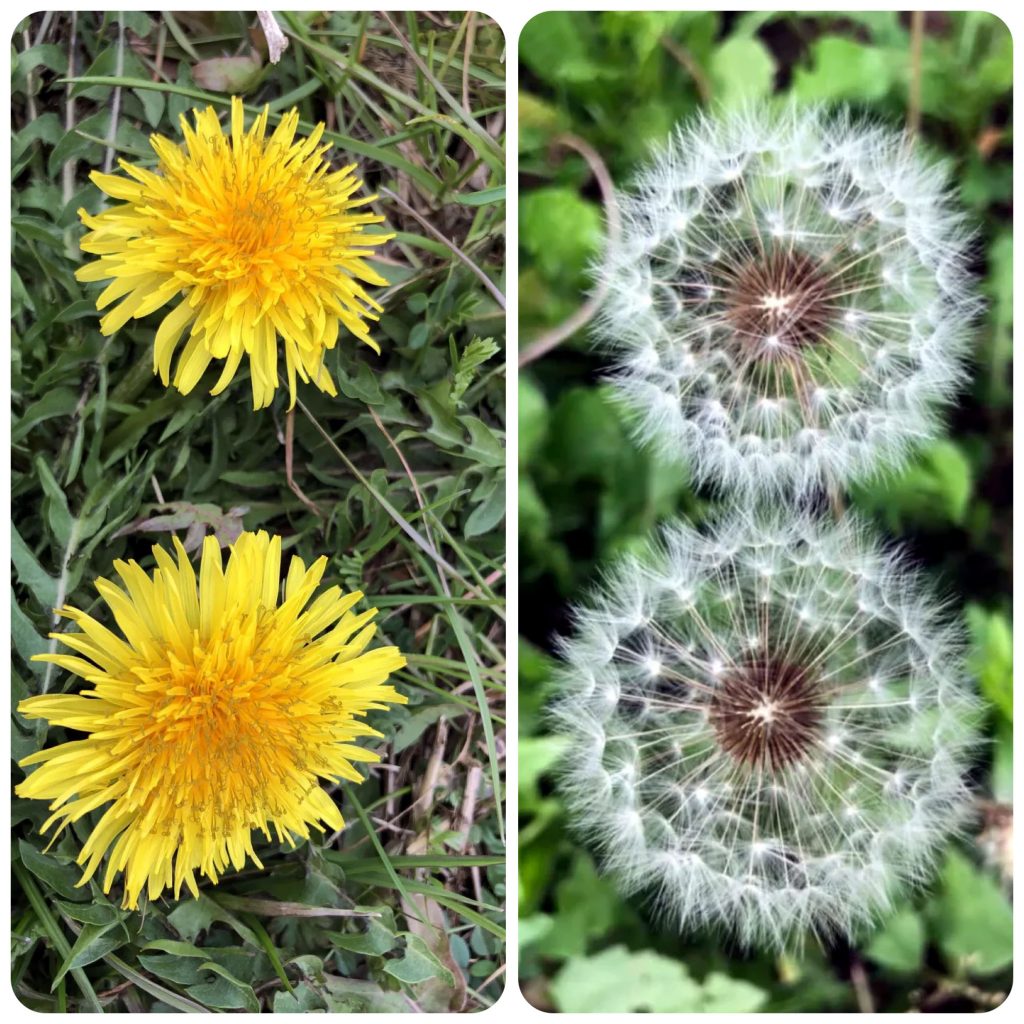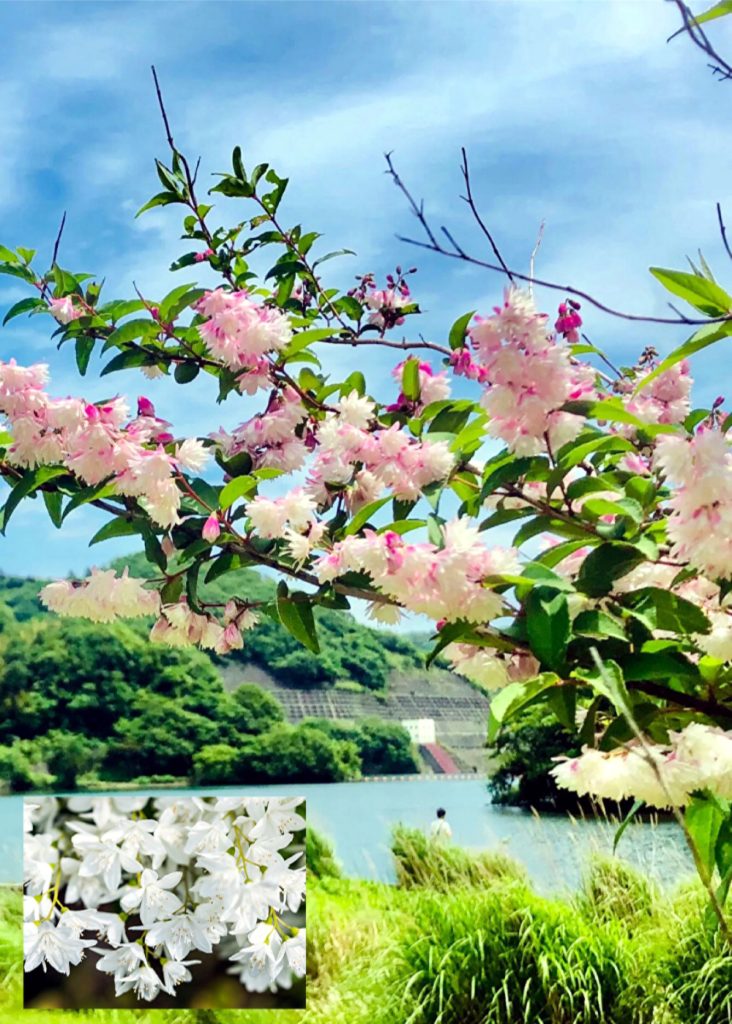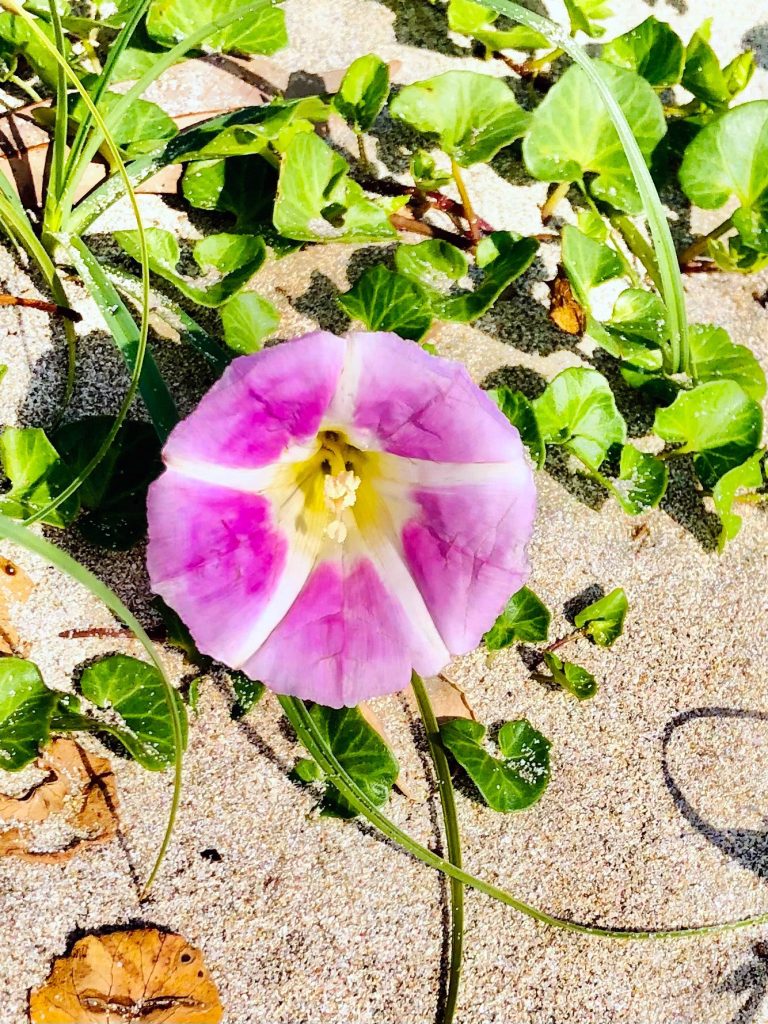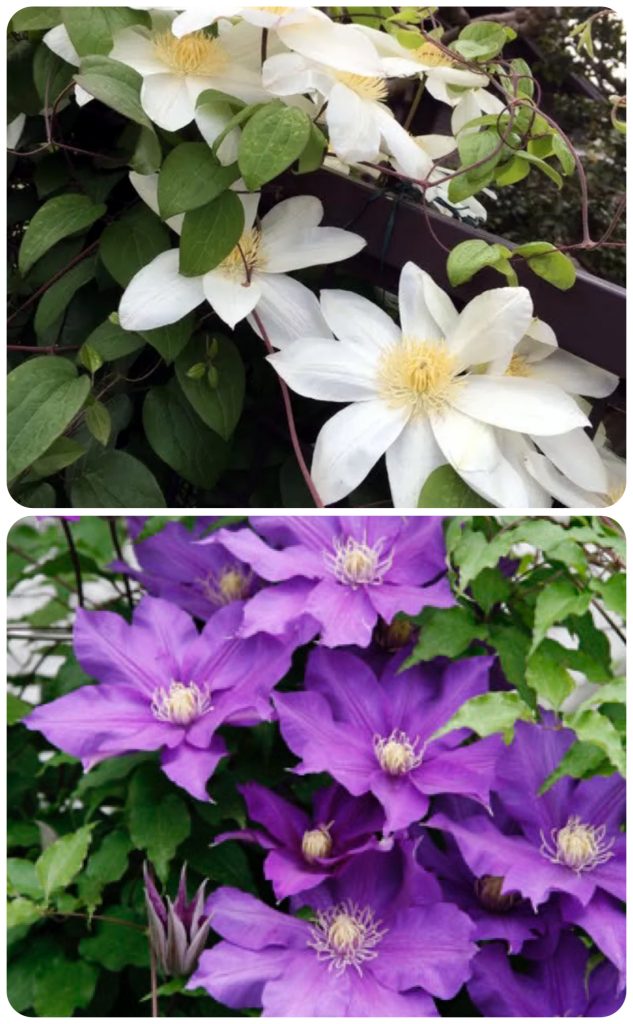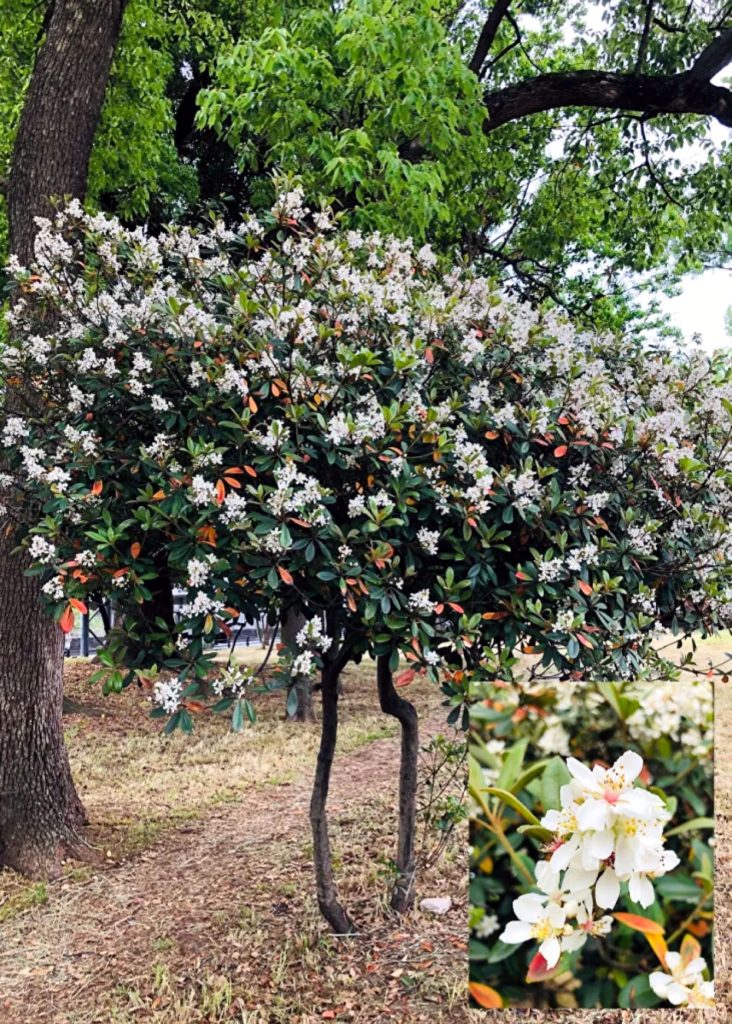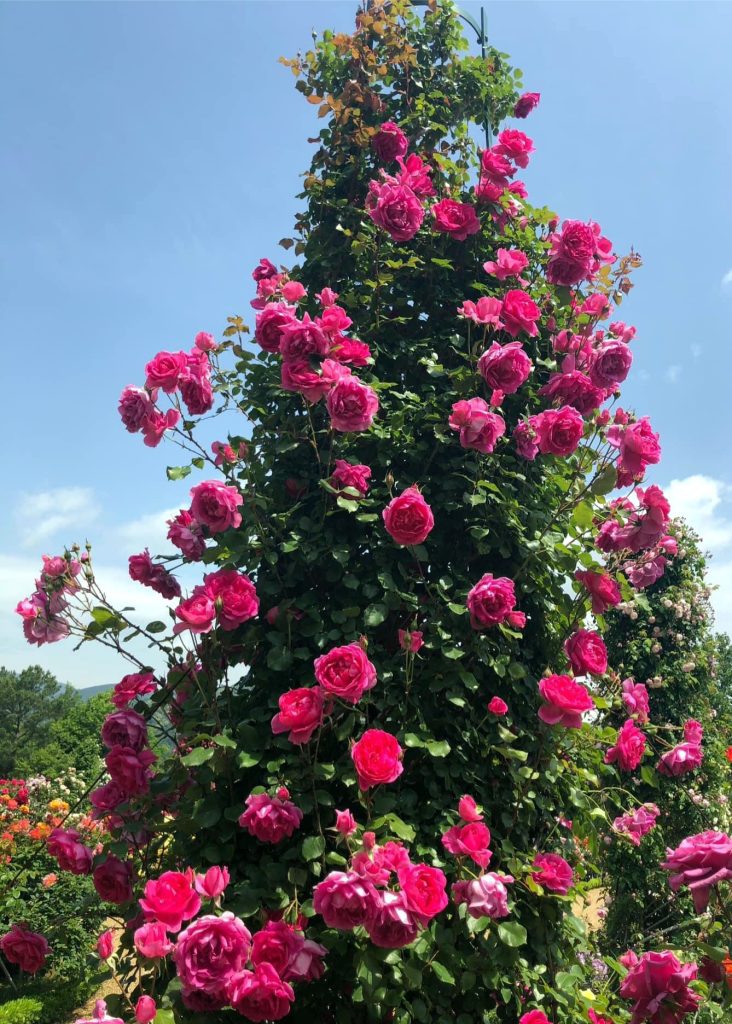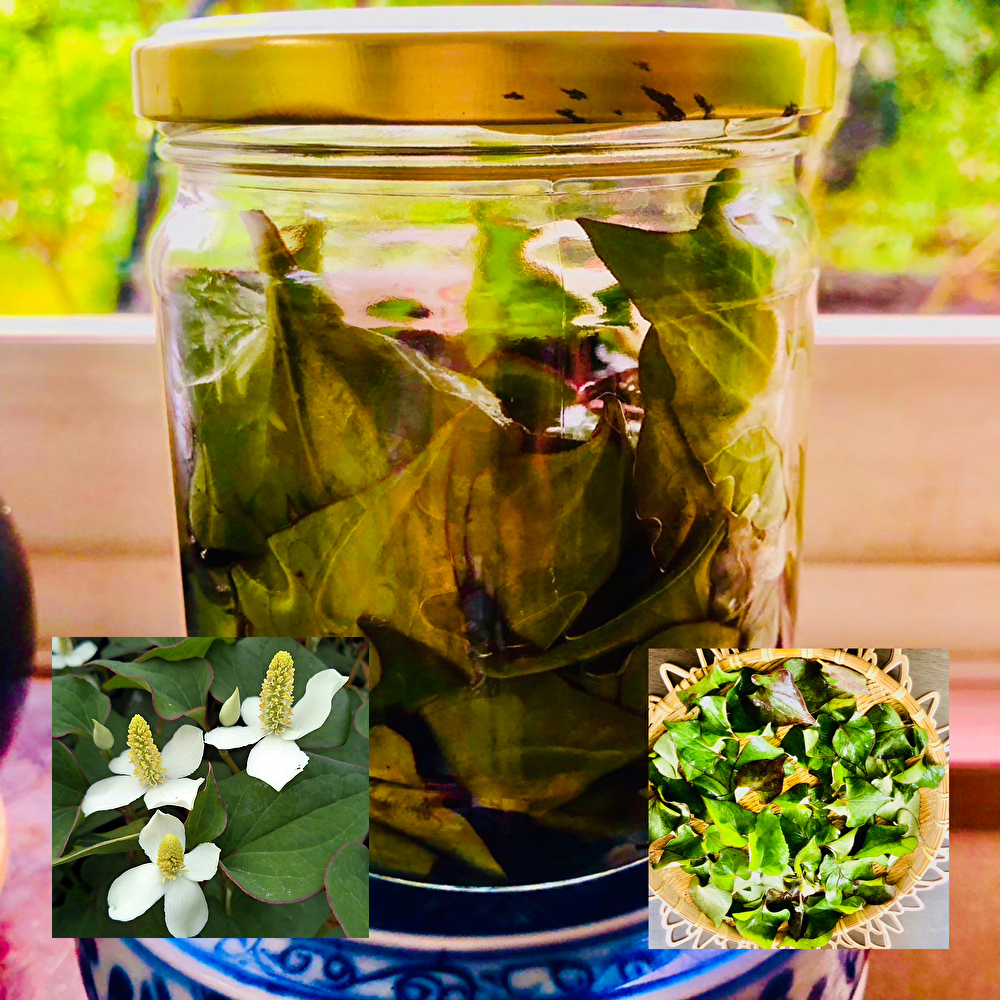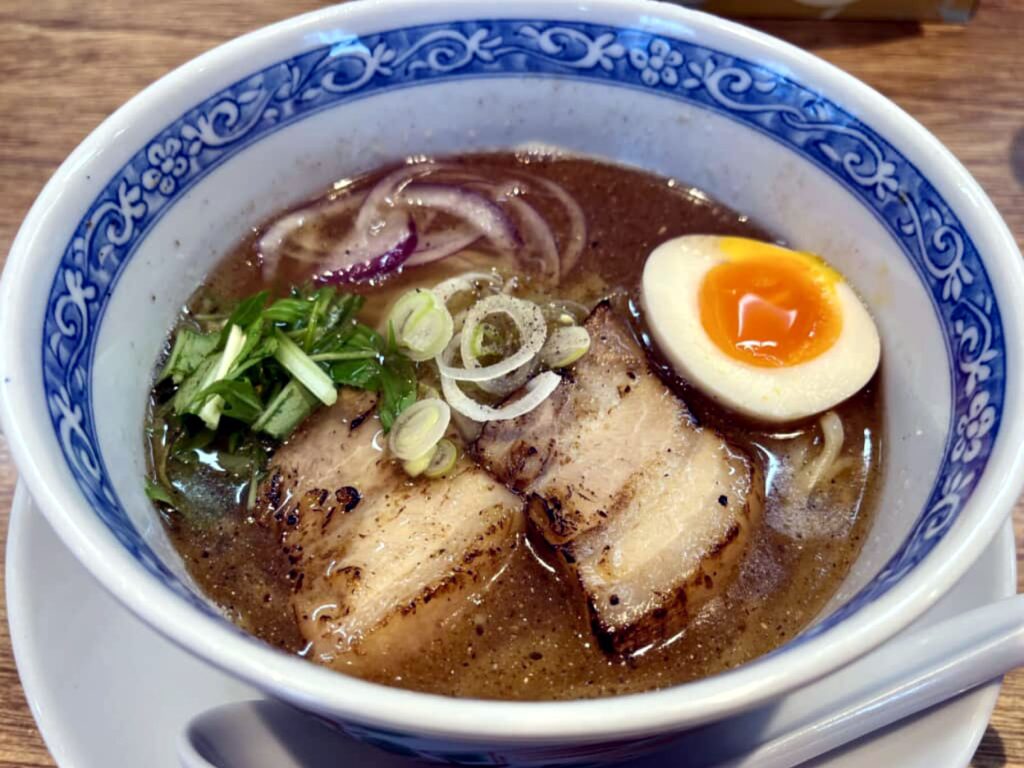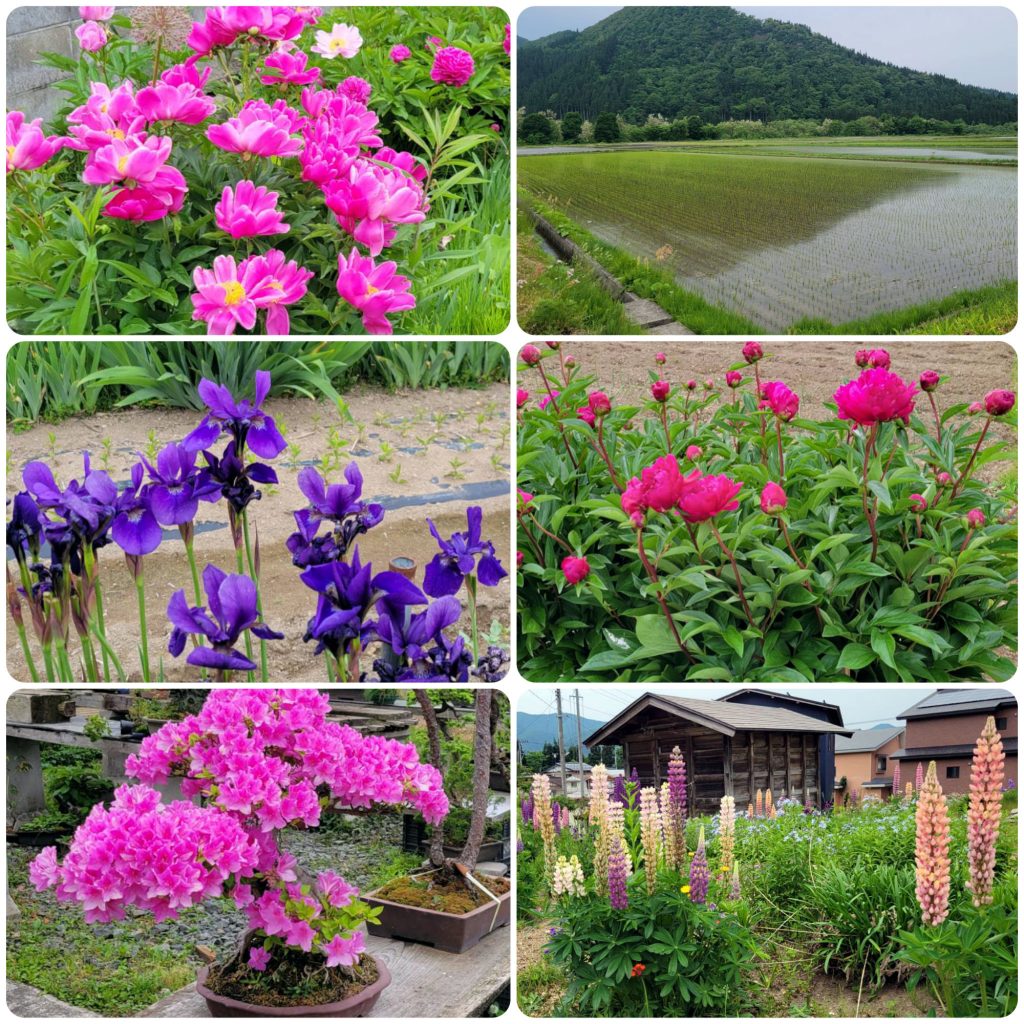
I received news of flowers from relatives in Yuzawa City, Akita Prefecture. The scenery is about half a month behind Kansai. Yuzawa City is a city located on the southeastern edge of Akita Prefecture, bordering Miyagi Prefecture and Yamagata Prefecture to the south. It lies in the Yokote Basin, nestled between the Ou Mountains to the east and the Dewa Mountains to the west, with a population of approximately 45,000. The city area is vast, covering about 6.8% of the entire Akita Prefecture.
The city boasts numerous hot spring areas scattered throughout, such as Akinomiya Onsen and Doroyu Onsen. It also hosts various seasonal festivals like the Inukko Festival, Komachi Festival, and Tanabata Edo Festival, attracting about 1.2 million tourists annually. Rich in nature, Yuzawa is known for producing rice, apples, cherries, and black-haired Wagyu beef. Local industries also thrive, producing goods such as local sake and Kawatsura lacquerware.
Among these, the nationally famous Inaniwa Udon stands out. Along with “Sanuki Udon” from Kagawa Prefecture and “Goto Udon” from Nagasaki Prefecture, it is counted among Japan’s top three udon varieties. Its history is long, having been presented to feudal lords since the Edo period. It’s surprising to learn that until Sato Yosuke disclosed its manufacturing techniques and flour blend to outsiders in 1972, it was not available to the general public. Yuzawa is also said to be the birthplace of Ono no Komachi, celebrated in the Heian period as a peerless beauty and one of the Six Immortal Poets, known for her exceptional talent and beauty.
秋田県湯沢市の親戚から花の便りがありました。関西より半月遅れの光景です。湯沢市は秋田県の東南端に位置する県境の市で、南側は宮城県および山形県に接しています。東を奥羽山脈、西を出羽山地に挟まれた横手盆地にあり、人口約4万5千人の市です。市域は広大で、秋田県全体の約6.8%を占めます。
秋ノ宮温泉郷泥湯温泉など各地に点在する温泉地や、犬っこまつり、小町まつり、七夕絵どうろうまつりなど、季節ごとのまつりなど、豊富な観光資源を抱え、年間約120万人の観光客が訪れるそうです。自然豊かで米、りんごやさくらんぼ、黒毛和牛が育ち、地酒、川連(かわつら)漆器など地場産業も豊富です。
中でも全国的にも有名なのは稲庭うどんです。香川県の「讃岐うどん」、長崎県の「五島うどん」と並んで「日本三大うどん」に数えられています。その歴史は古く、江戸時代から殿様に献上されており、昭和47年に<佐藤養助>がその製造技術や粉の配合を家人以外に公開するまでは、一般には食されることがなかったというから驚きです。また、平安時代の日本において「絶世の美女」と謳われ、六歌仙の一人にも選ばれた才色兼備の小野小町の生誕地とも言われています。

